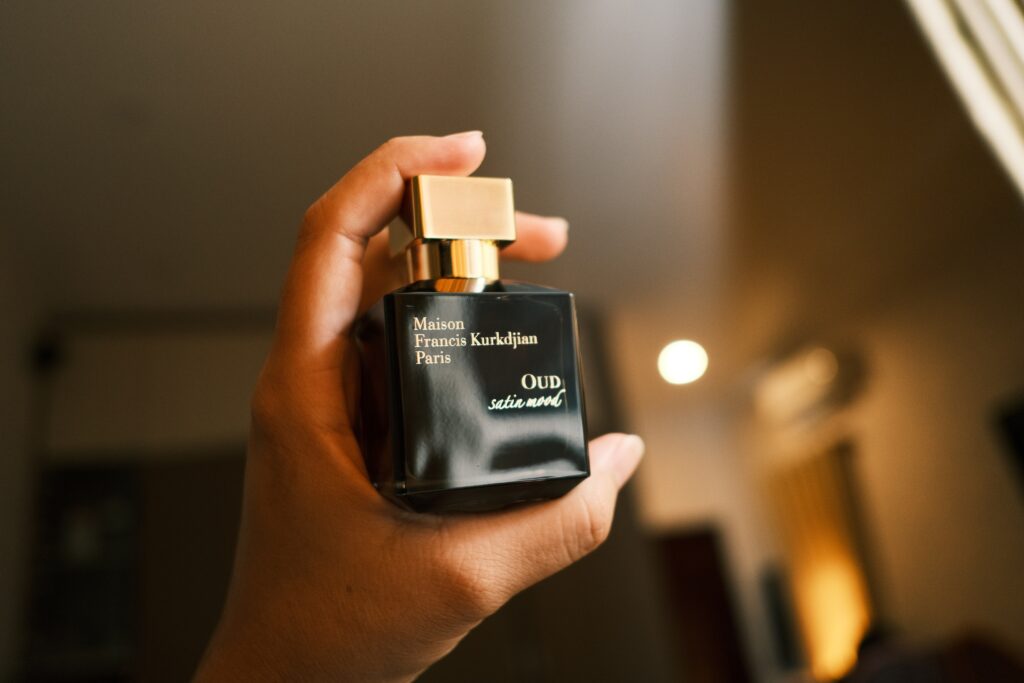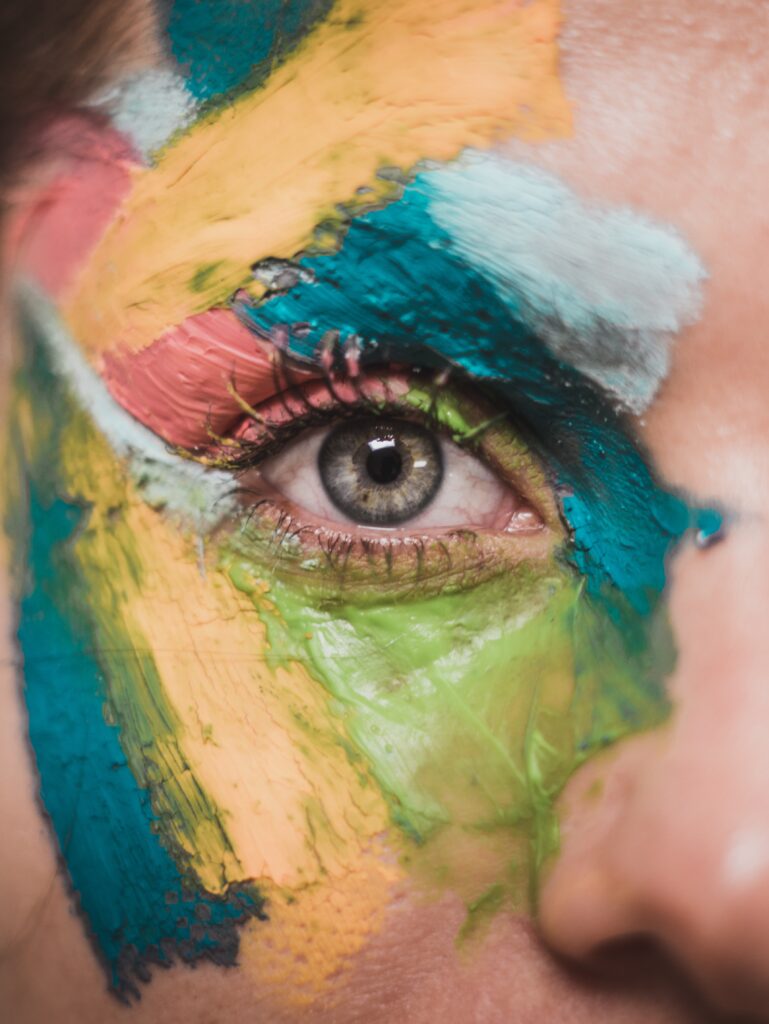As the revered artist Wassily Kandinsky once said, “Color is a power which directly influences the soul”, emphasizing the profound connection between color and the human psyche. In the realm of design, this concept plays a pivotal role, offering us a remarkable tool to create designs that resonate deeply with our audience.
Imagine a world without color – a monotonous existence devoid of feeling and vitality. Fortunately, we live in a reality where colors abound, each carrying its own unique psychological impact. By understanding the psychological associations of colors, we can unlock the power to create designs that evoke specific emotions, and influence behavior.
Color Psychology: A Science of Emotion
Have you ever wondered why certain colors have such a powerful impact on our emotions and behavior? Enter the intriguing field of color psychology. It’s no secret that colors can evoke specific feelings, with red igniting passion and blue promoting trust, but did you know that these associations have deep cultural and evolutionary roots?
Take red, for example. Our ancestors associated this vibrant hue with ripe fruits, a valuable source of sustenance. Today, we instinctively respond to red with attention and excitement, making it a popular choice for calls-to-action and high-energy brands. Meanwhile, blue’s calming influence is rooted in the tranquil waters of lakes and oceans, which our ancestors associated with safe, stable environments. It’s no wonder that blue is commonly used in healthcare, finance and other industries where trust is paramount.
And don’t just take my word for it – scientific research strongly corroborates the profound impact of color psychology on our emotions and behavior. For instance, a 2007 study conducted by Andrew J. Elliot and Markus A. Maier revealed that red can trigger anger, green induces relaxation, and blue promotes a sense of calm and contentment. In a more recent 2020 study surveying 4,598 individuals from 30 countries, specific colors were found to consistently evoke particular emotions. Notable findings included black being associated with sadness by 51% of respondents, white linked to relief by 43%, red connected to love by 68%, blue conveying relief for 35%, green inducing contentment for 39%, yellow evoking joy for 52%, brown inspiring disgust in 36%, orange tied to joy for 44%, and pink associated with feelings of love by 50%.
The Influence of Color on Consumer Behavior
In the realm of marketing and advertising, the influence of color on consumer behavior has been widely explored. A study published in the journal “Management Decision” in 2006 by Satyendra Singh revealed that colors can significantly impact consumer purchasing decisions. The study found that people tend to make purchasing decisions based on visual cues, and 90% of their judgments are influenced by color alone.
For example, the color red, with its associations of urgency and excitement, has been found to encourage impulsive buying. Retailers often use red tags or sale signs to prompt customers to make quick decisions. Gold signifies luxury and exclusivity. Businesses offering premium or exclusive memberships often use gold in their promotional materials to make consumers feel special and encourage them to sign up. On the other hand, blue, often associated with trustworthiness and reliability, can be effective in convincing customers to make long-term commitments. These findings underscore the importance of color choices in branding and marketing strategies.

Color Preferences and Individual Variation
While there are broad, cross-cultural associations between certain colors and emotions, individual preferences and cultural factors can significantly impact how colors are perceived. A study published in the “Journal of Experimental Psychology: General” in 2004 by Daniel Levitin and Vinod Menon explored the individual variations in color preferences. This variation extends beyond personal experiences and cultural backgrounds to encompass the languages people speak. Some languages may not have distinct names for every color, grouping multiple colors under a single term. For instance, a language might use the same word for both blue and green, illustrating how linguistic diversity can influence color perception and categorization.
The researchers found that color preferences are shaped by individual experiences and cultural backgrounds. For instance, a person who associates a particular color with a positive or negative experience may have a stronger emotional response to that color. Moreover, cultural differences can influence how colors are perceived and which emotions they elicit. While green may evoke feelings of peace and tranquility in one culture, it might be associated with illness or envy in another. This demonstrates that the interplay between language, culture, and individual experiences contributes to the diversity of color preferences and their emotional connotations.

Conclusion
The relationship between graphic design, color, and emotions is intricate and powerful, with graphic designers leveraging color psychology to evoke specific emotional responses and craft compelling visual narratives. Their ability to select colors thoughtfully, establish brand identities, and stay attuned to color trends enables them to create deep, emotional connections with their audience. Understanding the profound influence of color on emotions is a fundamental skill for graphic designers, empowering them to effectively communicate messages and leave a lasting impact on viewers. Scientific research has shed light on the intricate interplay between color and emotions, demonstrating that color choices are far from arbitrary and are deeply rooted in human psychology and cultural influences. Whether it’s in brand identity, environmental design, or artistic expression, the use of color as a tool to evoke emotions remains a dynamic and powerful aspect of human perception, enriching our understanding of its role in our lives.




